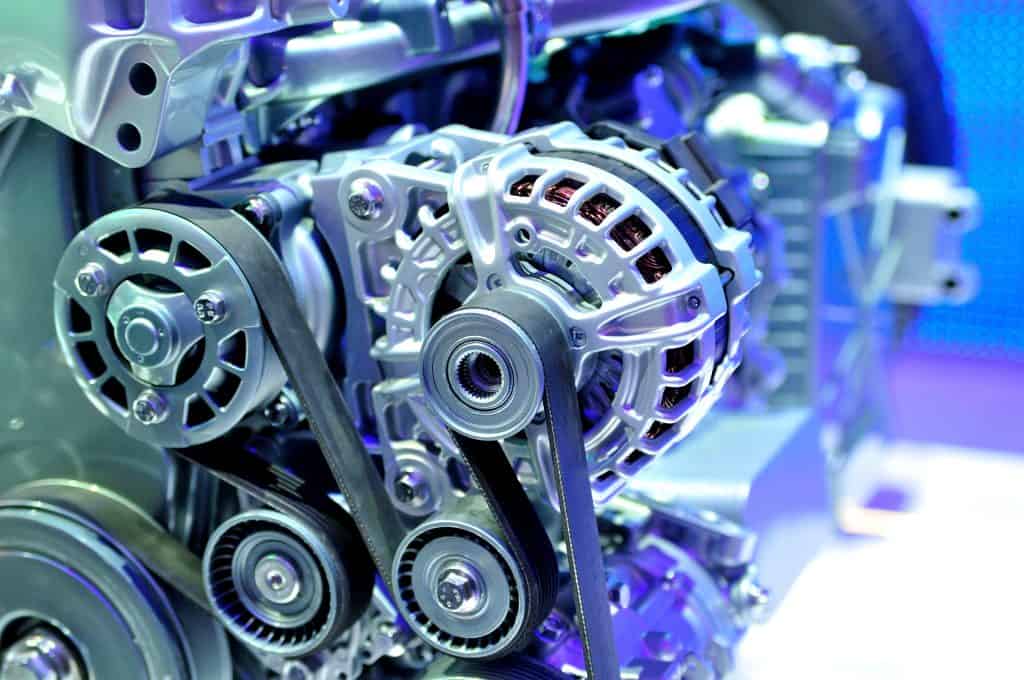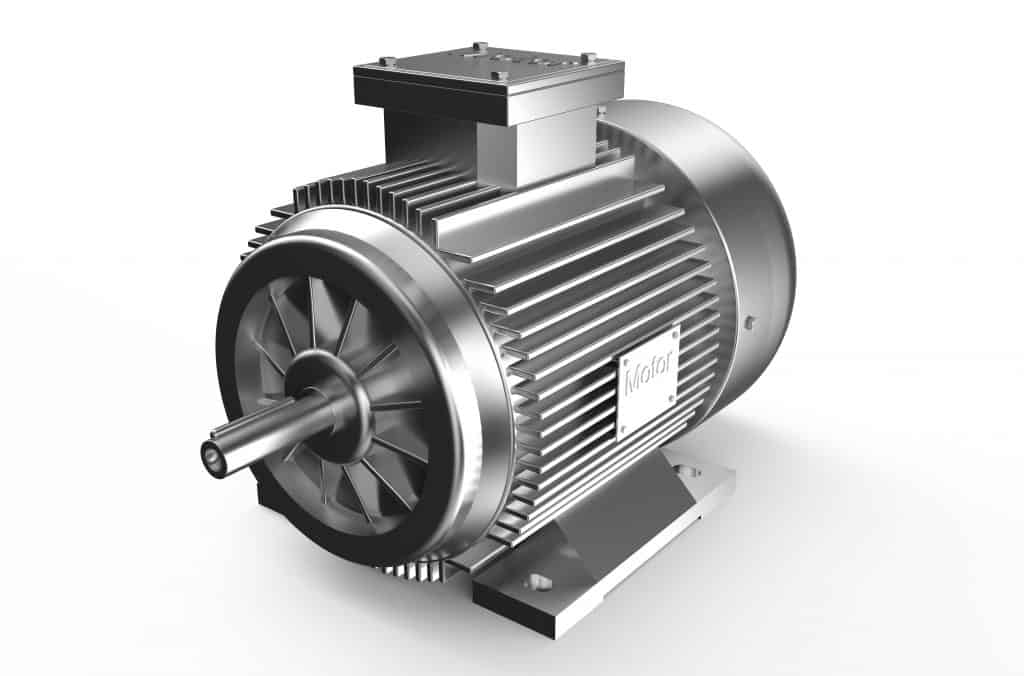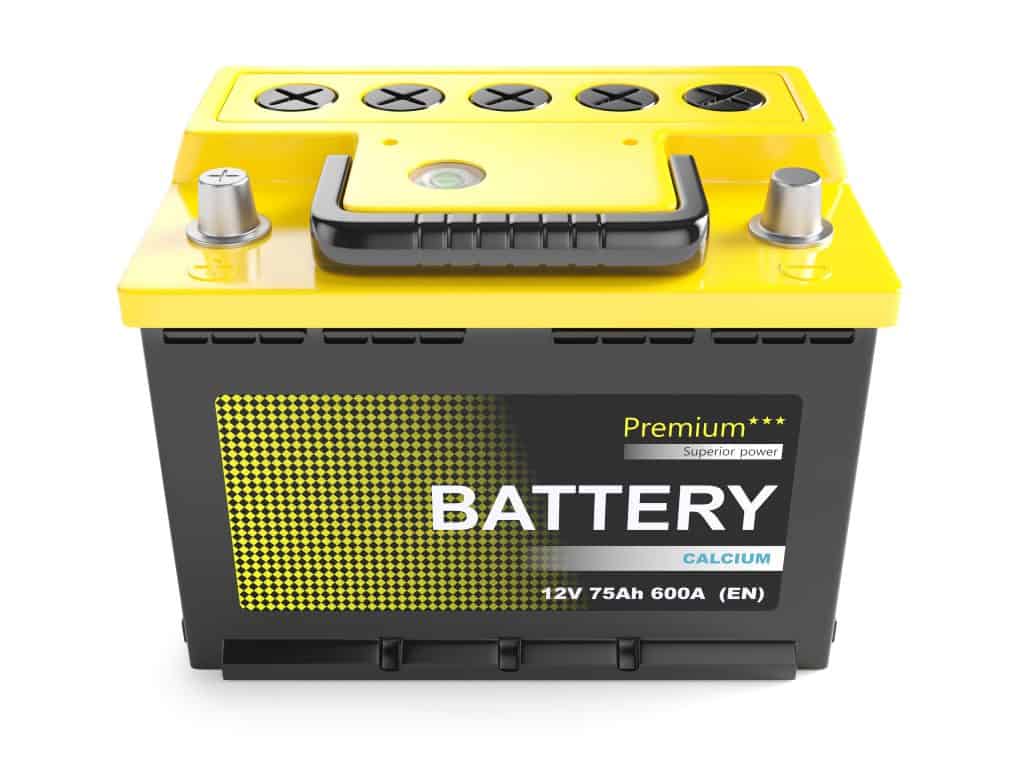Most side-by-sides, as well as, ATVs do not use alternators, instead, they have ‘stators’ that use a magneto-based charging system that is integrated into the flywheel of the vehicle which helps maintain battery charge.
We love to ride and to have adventures. That is why we go and purchase these giant side-by-side machines in the first place. We love to race around the trails, up and down the dunes, and deep down into the mud pits.
If there is a place that is hard to reach, grimy, muddy, wet, or sandy we seek after these places to find the thrill of adventure. Often times we buy these beastly machines for, at times, sky-high prices, yet we don’t think about what goes into making them.
Then when something goes wrong with the vehicle we are quick to get mad and curse for not understanding why something under the hood isn’t working properly, or why the dang battery won’t stay charged.
Most people who are familiar with engines inside cars will know what an alternator is. However, if you aren’t a mechanic or engine nerd then allow me to explain real quick what an alternator is and what its purpose is.
What is an Alternator?

An alternator is an automotive charging system that is made up of three major parts: the battery, the voltage regulator, and an alternator.
The alternator works hand in hand with the battery of the vehicle to generate power for all of the electrical components of the vehicle. So that means the alternator is in charge of giving electricity to your headlights, tail lights, interior lighting, and instrumental panel inside your car.
An alternator receives its name from the term alternating current (AC). Usually this piece of machinery is driven by a crankshaft, which helps convert the engines pistons’ up-and-down movement into a circular motion.
All of that is connected to a serpentine belt that helps keep the motion of the alternator and pistons fluid and produces the alternating current.
AC and DC (direct current) are definitions that will need to be slightly more understood here to understand why UTVs don’t have alternators and what that means for the battery of the vehicle.
A typical generator produces a direct current (DC), which travels in one direction, while an AC is a current that can periodically reverse directions. AC is better than DC because it produces higher voltage more efficiently, something needed in our cars today.
However since a vehicle’s battery cannot produce AC, only DC, the need for an alternator became apparent.
Therefore the alternators power output is fed through diodes that then convert the AC into DC power so it can be used by the battery.
That is all fine and dandy, we see that alternators help generate more energy and then change it into DC power to fuel/charge the battery, but what happens with vehicles like side-by-sides that do not have alternators?
Well, while your side-by-side doesn’t have an alternator, it does have a stator. A stator is the main component of the engine that generates power. There are stator windings or wire coils that surround a fixed iron core that makes up the stator.

The stator is a stationary part of the rotary system. Energy flows through a stator to or from the rotating component of the system.
In an electric motor, the stator provides a rotating magnetic field that drives the rotating armature; in a generator, the stator converts the rotating magnetic field to electric current. They do that with the help of magnets that we will discuss later.
Now all of this may seem like a bunch of technical mumbo -jumbo, but the point is this the stator generates and then maintains a charge to power whatever is currently running and nothing more.
Where an Alternator is made to charge up to a battery and keep it charged. So that is why often times after long periods of not using your side-by-side you may find that the battery is dead.
Alternators can help recharge the battery, however, stators just maintain current battery charge.
Why No Alternators?
So you might then ask, “Matt, how come if alternators have been proven to be so useful and more efficient, why don’t most UTVs have them?”
Well that is a good question, and the answer is quite simple. Nature. In order for an alternator to work it needs a steady amount of airflow to cool them down.
However due to the adventurous nature of side-by-sides that is a bit hard to come by. Most alternators cannot handle the amount of water, mud, sand, and other debris that UTVs encounter, rendering them useless to the vehicle.
So because of the debris that our vehicles are constantly coming into contact with, alternators just cannot be put into our side-by-sides. Now there are cases where you can put on an external alternator to your vehicle but that is a whole other topic for another day.
Magneto is Controlling my Side-by-Side?
“So what you are saying Matt, is that Magneto is controlling my side-by-side?” Yes, yes I am! Well, to an extent. Unfortunately, Magneto is not going to pop out of the hood of your side-by-side and ask you to defeat the X-Men.
However many side-by-sides, as well as ATVs, use a “magneto-based” charging system for the battery of the vehicle.
A magneto based charging system is basically magnets that have been embedded into the flywheel assembly to help charge the battery of the vehicle.
The flywheel assembly is attached to the “magnet/mag” end of the crankshaft of the engine. As the crankshaft rotates those magnets are passed by coils of wires, also known as the stators, mentioned previously.
So the magnets, attached to the crankshaft, rotate around the coil of wires (stators) and thus generate energy for the vehicle.
Everything works the exact same as your car with an alternator except for the fact that we are generating less energy than we would be if we were utilizing an alternator, and that the energy isn’t being used to recharge the battery itself as it would with an alternator.
It’s Alive! How to Keep Your Battery Alive
Since your battery won’t be constantly recharging itself while it idles, due to lack of an alternator, what can you do in order to keep your battery alive and at peak performance?
Here are a few helpful tricks that I’ve picked up along the way, the first being…

Be Conscious of Energy Use
Since almost every UTV has a stator charging type, the battery isn’t being charged very well in low idle situations. Usually, vehicles such as these have about 30 to 40 amps.
After adding up the power it takes to run the vehicles ECU, Radio, Fuel Pump, and perhaps a 20-inch light bar, you have used almost all of your amps, around 27 of the 30.
So you might think you’re in the clear right? Having an extra 3 amps to play with.
Well not precisely, those 30 amps are only being generated at high RPMs, say around 3000-4000 RPMs. So when your vehicle is in idle, it is not producing that many amps, meaning you don’t have that maximum of 30 amps.
So when you aren’t functioning at those higher RPMs, you must be aware of the amount of electricity you are using that is coming straight from your battery at this point.
Battery Maintenance
Like every good vehicle owner knows, maintenance is key to a happy, long-lasting, and loving vehicle. You always get out what you put in when it comes to maintaining your vehicle, especially side-by-sides.
Whenever purchasing a battery for your side-by-side, make sure it is one of good and lasting quality. The last thing you are going to want is a junky used battery messing up your ride.
While most batteries today are AGM and say no maintenance required on the side, that is usually only talking about fluid levels in the battery. Regular checks should be made on the connectors and make sure that the battery is on a maintainer when it is not being used.
Also, a good thing to know is that a battery self discharges at a rate of 4-6% every 30 days. So if you know your vehicle will be sitting for a while take the best precautionary measures to ensure continuous and healthy battery life.
